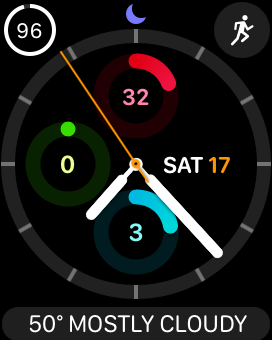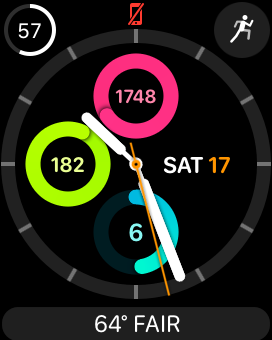“ If you want to run, run a mile. If you want to experience a different life, run a marathon. ”
— Emil Zátopek
For many runners, marathon distance is sacred. To run a marathon, we can't fake through the training, and even when the training buildup goes perfectly, anything can happen on race day. A subtle variation from our plan on race day can have magnifying disastrous effects on our performance and experience. A lot of such critical variables are not even in our control to begin with. Running a marathon is a journey that changes us in so many ways. It’s such a unique lifetime experience that many of us find ourselves allured by the numbers 26.2 and 13.1 — the full and half marathon distance in miles.
iOS 13.1 instantly brought out the above intrigue in me. Without any specific plan around the release numbers, Tempo ended up being at 2.6.0 for iOS 13.0 launch. As iOS quickly went to 13.1, and Tempo was just .2 shy of 2.6.2, it felt like meant to be to ignore. So as a tribute to the marathon distance, Tempo has been updated to version 2.6.2 for iOS 13.1.✨
I wanted to do something simple and quick, but special for this one, so I picked up another version of dark mode theme. It was scrapped in favor of what we currently have as the default dark mode. After spending some time on it, to my surprise, the result is a beautiful new theme that we are calling Deep Blue. The name is still tentative for this one, we considered Blue Medal, Endurance Blue, Magic Blue, but for now Deep Blue it is. Please feel free to send your suggestions for the name.
There are also a couple of important bug fixes and enhancements, but I am really glad that we got this beautiful new dark mode theme in Deep Blue for this release. The fact that the theme was almost scrapped makes it special in its own way.







